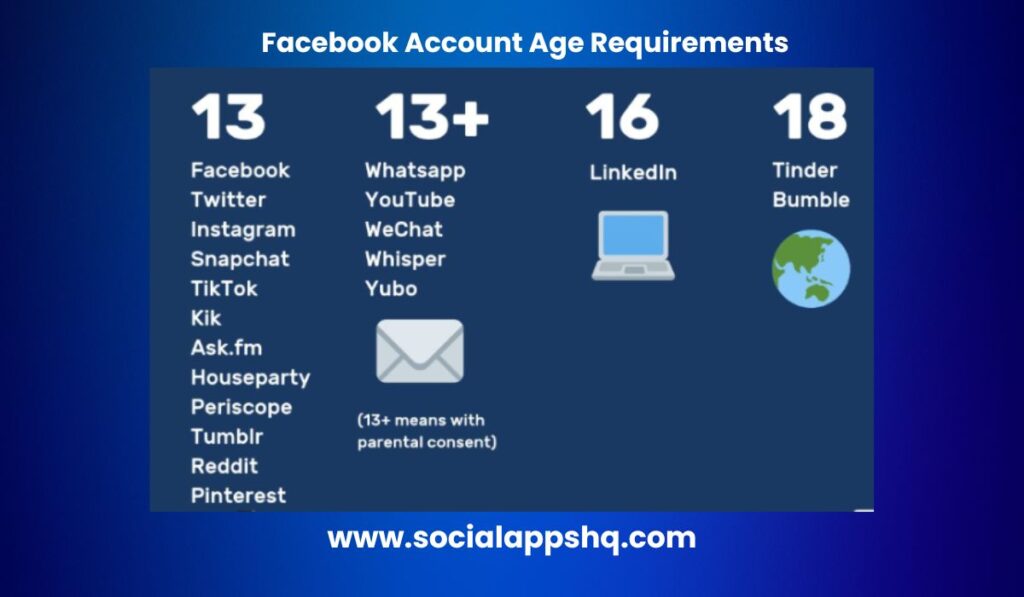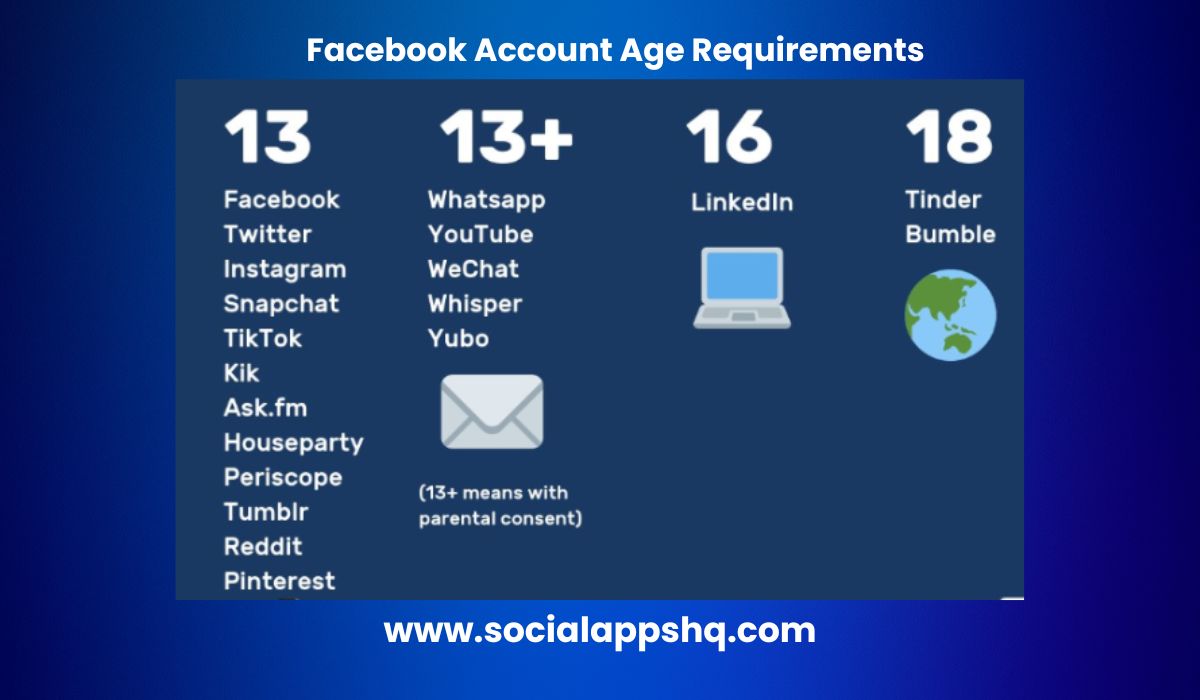
How Old Do You Need to Be to Have Instagram? A Comprehensive Guide
Instagram, the ubiquitous social media platform, is a cornerstone of modern communication and self-expression. From sharing snapshots of daily life to building global brands, its influence is undeniable. However, beneath the surface of filters and followers lies an important question: How old do you need to be to have Instagram? This article delves into the age requirements, safety considerations, and potential implications of underage usage, providing a comprehensive guide for parents, guardians, and young users alike. Understanding the minimum age for Instagram is crucial for ensuring a safe and positive online experience. Knowing how old do you need to be to have Instagram helps protect younger users from potential harm.
The Official Age Requirement for Instagram
According to Instagram’s official terms of use, the minimum age requirement to create an account is 13 years old. This rule aligns with the Children’s Online Privacy Protection Act (COPPA) in the United States and similar regulations in other countries designed to protect children’s privacy online. COPPA, in particular, places strict limitations on collecting and using personal information from children under 13 without parental consent.
Instagram enforces this age restriction primarily through self-reporting. When a user signs up for an account, they are required to enter their date of birth. If the provided age indicates that the user is under 13, Instagram is supposed to prevent the account creation. However, it’s important to acknowledge that this system is not foolproof. Children may misrepresent their age during the signup process, and it can be challenging for Instagram to verify the accuracy of this information consistently.
Why Is There an Age Requirement?
The age requirement for Instagram is not arbitrary; it’s rooted in several critical concerns about child safety and well-being. These concerns include:
- Privacy Protection: Children are more vulnerable to privacy breaches and the misuse of personal information. COPPA and similar laws aim to protect them from having their data collected and exploited without parental consent.
- Exposure to Inappropriate Content: Instagram, like other social media platforms, contains a wide range of content, some of which may be inappropriate for younger audiences. This includes sexually suggestive material, violent imagery, and content promoting harmful behaviors.
- Cyberbullying and Online Harassment: Children are at a higher risk of experiencing cyberbullying and online harassment. The anonymity afforded by the internet can embolden aggressors, and children may lack the emotional maturity to cope with such experiences effectively.
- Mental Health Concerns: Studies have linked excessive social media use to increased rates of anxiety, depression, and body image issues, particularly among young people. The pressure to maintain a perfect online persona and the constant comparison to others can negatively impact mental well-being.
- Predatory Behavior: Unfortunately, social media platforms can be exploited by individuals seeking to groom or exploit children. Age restrictions are intended to reduce the risk of such interactions.
Understanding how old do you need to be to have Instagram is just the first step. Recognizing the reasons behind this rule is even more important.
What Happens If a Child Under 13 Uses Instagram?
If Instagram discovers that a user is under the age of 13, the account is typically deactivated. This is in accordance with their terms of service and their commitment to complying with COPPA. However, detecting underage users can be challenging, and many children manage to circumvent the age verification process.
Parents who discover that their child has an Instagram account despite being under 13 have several options:
- Report the Account: Parents can report the account to Instagram, providing evidence of the child’s age. Instagram will then investigate and take appropriate action.
- Delete the Account: If possible, parents can access the account and delete it themselves. This ensures that the child’s information is removed from the platform.
- Educate the Child: It’s crucial to have an open and honest conversation with the child about the risks of social media and the reasons for the age restriction. Explain the potential dangers and emphasize the importance of online safety.
Parental Controls and Safety Measures
While the age requirement is a starting point, it’s essential for parents to actively monitor and manage their children’s online activity, regardless of their age. Instagram offers several parental control features that can help:
- Private Accounts: Setting an account to private ensures that only approved followers can see the user’s posts and stories. This limits exposure to strangers and reduces the risk of unwanted interactions.
- Comment Filtering: Instagram allows users to filter comments based on keywords or phrases. This can help prevent exposure to abusive or offensive language.
- Blocking and Reporting: Users can block or report accounts that are engaging in harassment or inappropriate behavior. This helps create a safer and more positive online environment.
- Activity Monitoring: Parents can use third-party apps or built-in device features to monitor their child’s Instagram activity, including who they are following, what they are posting, and who they are interacting with.
Beyond these features, open communication and ongoing education are crucial. Parents should regularly discuss online safety with their children, emphasizing the importance of responsible online behavior and the potential risks of sharing personal information with strangers.
The Impact of Social Media on Young People
The impact of social media on young people is a complex and multifaceted issue. While platforms like Instagram can offer opportunities for connection, creativity, and self-expression, they also pose potential risks to mental health and well-being. Research has shown that excessive social media use can contribute to:
- Increased Anxiety and Depression: The constant pressure to maintain a perfect online persona and the fear of missing out (FOMO) can lead to increased anxiety and depression.
- Body Image Issues: The curated and often unrealistic images presented on Instagram can contribute to negative body image and eating disorders.
- Cyberbullying: Cyberbullying can have a devastating impact on victims, leading to feelings of isolation, shame, and even suicidal thoughts.
- Sleep Disturbances: The blue light emitted from electronic devices can interfere with sleep patterns, leading to fatigue and decreased cognitive function.
It’s important for parents and educators to be aware of these potential risks and to provide young people with the tools and resources they need to navigate the online world safely and responsibly. Encouraging healthy habits, such as limiting screen time, engaging in offline activities, and seeking professional help when needed, can help mitigate the negative impacts of social media.
Alternatives to Instagram for Younger Children
For children under the age of 13 who are interested in social media, there are several alternative platforms that are designed specifically for younger audiences. These platforms typically have stricter safety measures and more age-appropriate content. Some popular options include:
- YouTube Kids: A filtered version of YouTube that offers age-appropriate videos and parental controls.
- Messenger Kids: A messaging app designed for children under 13 that allows them to communicate with approved contacts.
- PopJam: A social media platform that focuses on creativity and positive interactions.
These platforms can provide a safer and more age-appropriate introduction to social media for younger children, allowing them to connect with friends and family while minimizing the risks associated with platforms like Instagram. It is important to note that even with these platforms, parental supervision and education are still crucial.
Enforcing the Rules: Instagram’s Efforts
Instagram has implemented several measures to enforce its age restrictions, including:
- Age Verification at Signup: Requiring users to enter their date of birth during the signup process.
- AI-Powered Detection: Using artificial intelligence to identify accounts that may belong to underage users based on their activity and content.
- Reporting Mechanisms: Providing users with the ability to report accounts that they believe belong to underage individuals.
However, these measures are not always effective, and many children still manage to create accounts despite being under 13. Instagram is continuously working to improve its detection and enforcement capabilities, but it’s a constant battle against resourceful children and evolving technologies. The question, how old do you need to be to have Instagram?, is simple, but the answer is complex.
Future Trends in Age Verification and Online Safety
As technology continues to evolve, so too will the methods used to verify age and protect children online. Some potential future trends include:
- Biometric Verification: Using facial recognition or other biometric data to verify age.
- Blockchain-Based Identity: Utilizing blockchain technology to create a secure and verifiable digital identity.
- AI-Powered Content Moderation: Employing artificial intelligence to automatically detect and remove inappropriate content.
These advancements hold the promise of creating a safer and more secure online environment for children. However, they also raise important ethical and privacy concerns that must be carefully considered. The future of online safety will require a collaborative effort between technology companies, policymakers, and parents to ensure that children are protected without sacrificing their privacy or freedom of expression.
Conclusion: Navigating the Digital Landscape Responsibly
The question of how old do you need to be to have Instagram is a critical one in today’s digital age. While the official age requirement is 13, it’s important to remember that age is just one factor to consider when determining whether a child is ready for social media. Parents must also consider their child’s maturity level, emotional resilience, and ability to navigate the potential risks of the online world. Open communication, ongoing education, and active parental involvement are essential for ensuring a safe and positive online experience for young people. By understanding the age restrictions, implementing safety measures, and fostering responsible online habits, we can help children navigate the digital landscape safely and thrive in the age of social media. Knowing how old do you need to be to have Instagram is just the beginning; responsible usage is key.
[See also: Social Media and Mental Health: A Parent’s Guide]
[See also: Protecting Your Child Online: A Comprehensive Guide]
[See also: The Dangers of Cyberbullying and How to Prevent It]

